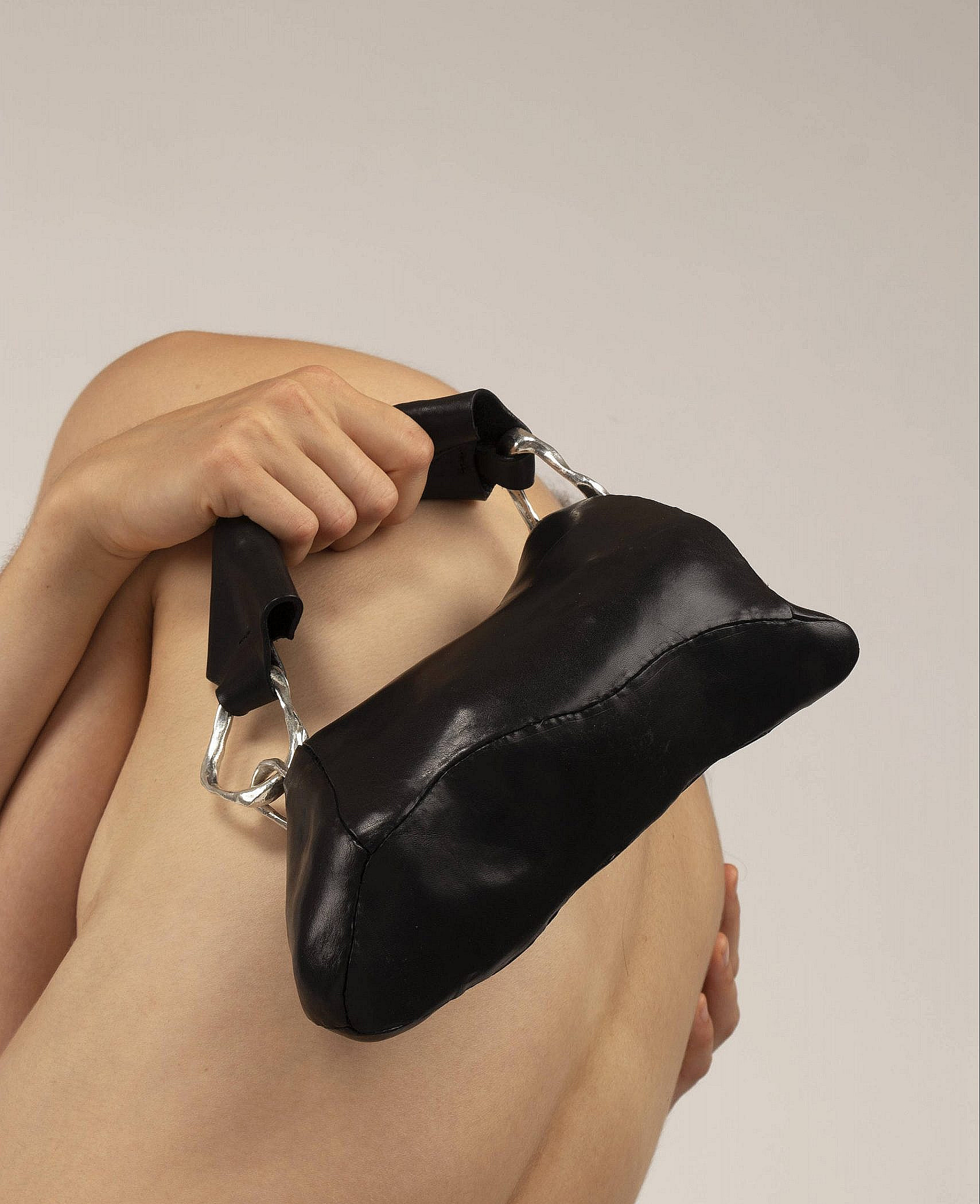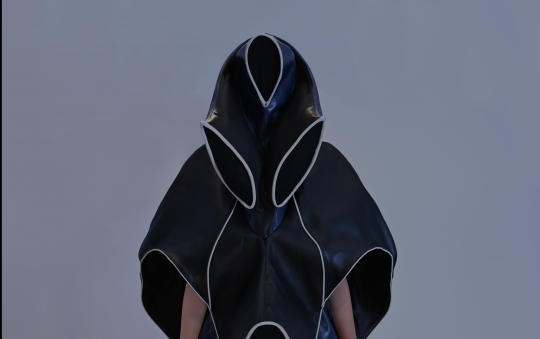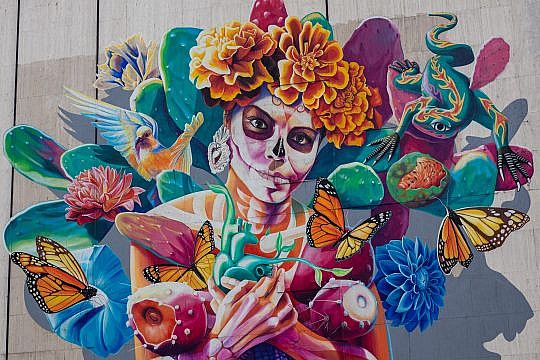From ancient Greek armour to sophisticated homeware – moulded leather has a thousand uses
As we already know, leather’s adaptability has been appreciated for thousands of years. The earliest known people to actually mould leather were the Ancient Greeks who made it into body armour by wetting it then shaping it. The Romans, always technological pioneers, then refined the art and made the leather even tougher by boiling it before shaping.
Many hundreds of years later, Geoffrey Chaucer said of the knight in the Canterbury Tales, ‘Hise jambeaux were of guyrboilly’ – meaning his leg armour was made of moulded leather. This was written in the late 14th century.
And leather is still used as a form of armour – check out the protective clothes worn by motorcyclists.
Over the centuries, indeed millennia, the techniques used to mould leather, and the products made from it have become more sophisticated. But the basis of the technique remains the same. Wet some thick leather, mould it into the shape required, and let it dry.
The moulding can be done by hand or by pressing the leather into a mould. The technique has been industrialised, automating each step from cutting, the soaking of the leather at precise temperatures, the pressing and shaping, to the drying and polishing, but many artisans still perform each step by hand.
Of course, thick leather will mould itself over time. Think of how your most comfortable pair of shoes has adapted to your feet through wear. But if you want to try a more active type of leather moulding, take a look at this video.
Moulded leather is now used to make thousands of things, from the smallest of purses to the sturdiest of pieces of furniture.
To check out how practical and beautiful moulded leather can be, have a look at this article on the Berluti homeware collection.
Image credit: Nathalie Hauser – finalist in the 2021 Student Design Competition. To see her full profile click here.








